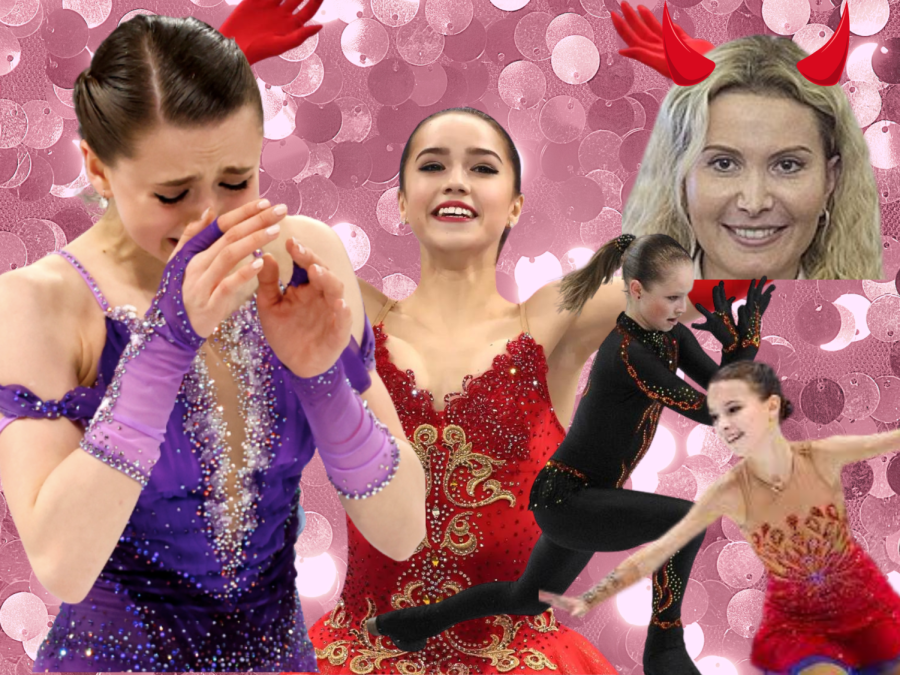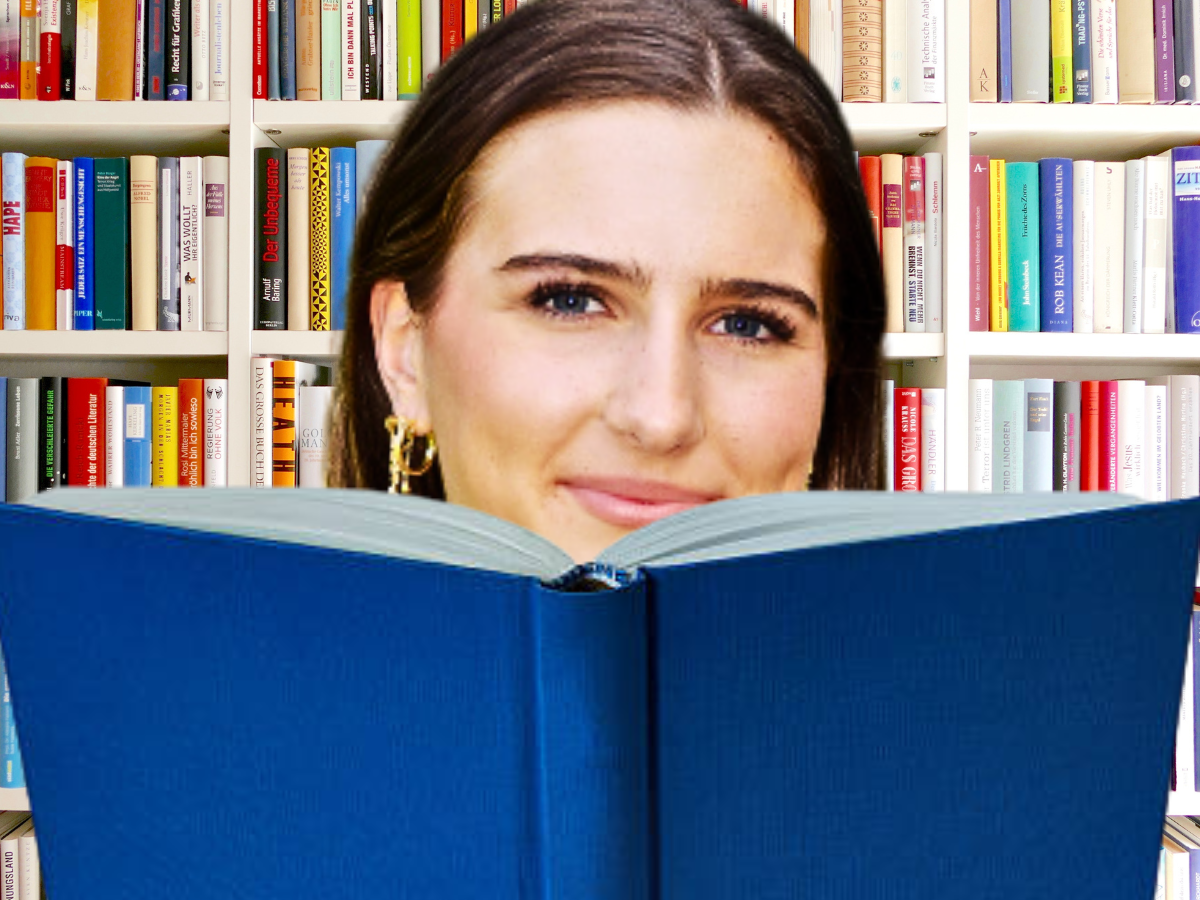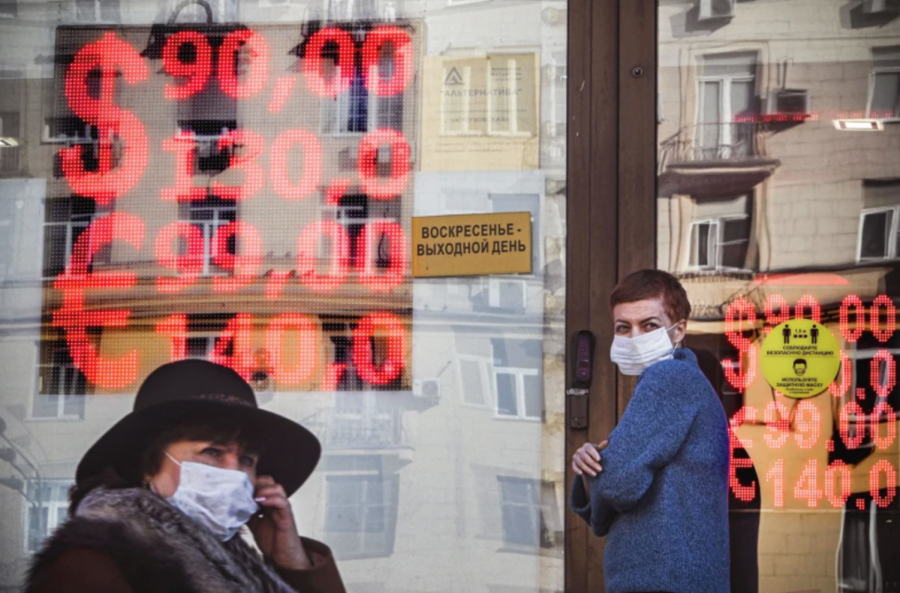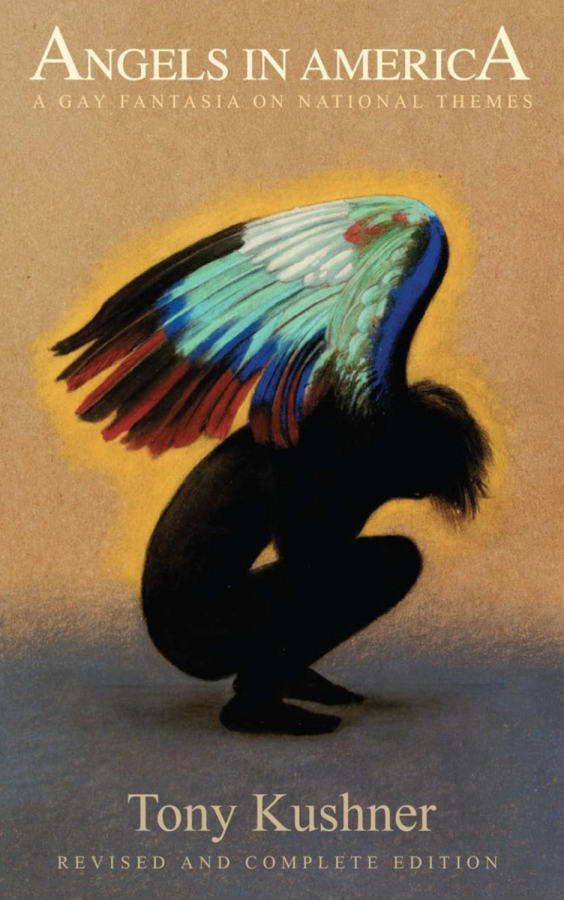On a dreary morning, the shutter of the raindrops drew me into an intellectual immersion. After a quick stop to grab a coffee and muffin the rain indicated no better way to spend my morning but at a museum. I drove myself over to The Bruce and began my journey into the realm of art.
The last time I was here was for my art history summer assignment, so I took great pride in the fact that there was no scholarly obligation for me this time, only the curiosity of my own mind pushing me to learn more for my own benefit. Once I paid my entrance fee, I walked swiftly up the stairs that welcomed me with a cascading rainbow fixture; It is a captivating entrance into the museum exhibits, filling the air with a lively and jovial feeling. As I made it to the exhibits, I turned to my left into a gallery that immediately caught my attention—an Impressionist exhibit.
Ever since a kindergarten field trip to the Met, where I was tasked with identifying a favorite artwork and chose Monet’s Water Lilies, I have always had a love for Impressionism. I appreciate how the paintings highlight the delicacy of nature, the light that impedes them, and the feelings that the environment provokes, creating a beautiful interpretation of the world we live in. This is all done through the technique of plein-air painting, which is when an artist paints outdoors, allowing for the change in time, light, and weather to affect the outcome of the painting, resulting in a masterpiece that truly encapsulates the feeling of nature and beauty. Impressionism highlights the artist’s interpretation of nature as the Impression it has on one’s own soul, which is what makes these paintings so powerful.
Childe Hassam is an American painter from the turn of the 19th century, who is the focal point of the exhibit. His description of Impressionism is extremely compelling because it argues that an artist’s interpretation of nature is “realism”: “Art to me, is the interpretation of the Impression which nature makes upon the eye and brain. The word ‘Impression’ as applied to art…really means the only truth because it means going straight to nature for inspiration and not allowing tradition to dictate your brush… the true Impressionism is realism.” Here, he is redefining realism, which allows one to rethink their own perspective on art and reality, leading us to the question: If art doesn’t necessarily depict what meets the eye, yet it illustrates the “Impression” it makes on the mind, what is realism? Moreover, as we take a glance into the exhibit it is important to keep these thoughts in mind as we dive into the artists’ own Impressions of the world we live in even if it doesn’t seem “real”.
This exhibit explores Impressionism in the late 1800s to the early 1900s in New England, showcasing how American artists took inspiration from Asian art and the French Impressionist movement in Europe. A trend common among the artists was the influence they took from Japanese woodblock prints by Utagawa Hiroshiuge and Katsushika Hokusai. Their influence can be shown in many of the painting’s delicately painted forestry and the use of a soft blue palette with hues of orange and yellow. A painting that deliberately encapsulates this influence is Elmer Livingston Macrae’s Railroad Bridge. Although this is a major connection between many of the paintings, the trend that connects them all is the influence the artists took from the French Impressionist movement. As you look at the paintings it is easy to see that the art is all heavily influenced by artists, such as Claude Monet, Camille Pisarro, Vincent Van Gogh, and etc. Pisarro’s La Grand Noyer in Eragny could be an example of how bright and overly exaggerated colors were used to influence the paintings in the gallery, such as Henry Selden’s Stony Brook. This painting’s use of pastel colors with visible brushstrokes shows how Impressionists would exaggerate the reality of light and color. Above all, the composition of the European Impressionist paintings is of direct influence for the American artists, who made it their own in their Impression of the New England countryside. Significantly, Van Gogh’s landscape paintings, such as Starry Night and Claude Monet’s plethora of paintings that depict his home in Giverny can be seen holding influence in the paintings Cows in Wetlands by Walter Clark and The Daggy Farm by Augustus Smith Daggy. The visibility of the brushstrokes and the artist’s depictions of light shows a direct parallel to paintings like Van Gogh’s and Monet’s. In my opinion, these connections to European and Asian art is what makes this exhibit extremely compelling because once you connect the dots it shows how interconnected our world is and the influence one culture can have on another.
Besides highlighting the “influencers” of this gallery, the American Impressionist painters highlighted motifs that differed from the common landscape, such as sailboats, the changing seasons, and animal pastures. The sailboat motif encapsulates the feeling of “typical” New England, which can be found in Edward Henry Potthast’s Harbor Scene. This painting shows an unusual perspective of sailboats at a dock that depicts their reflection on the water with a very distinct visual of the artist’s brushstrokes. Contrasting this is France Silva’s Low Tide that rejects the typical Impressionist practice of plein-air painting, creating a visual that highlights a sailboat against a vibrant sunset. Silva blended out his brushstrokes, making it look as if it was a photograph. The panoramic landscape is compelling, but it does not have the same feeling as the Harbor Scene, which is more abstract and Impressionistic. I appreciate both of these artists’ paintings of the common sailboat, but my favorite is the Harbor Scene because when you look at the painting it is as if you can feel the wind hitting the water, and see the ripple of the water moving: the feeling of liveliness that you don’t get when looking at Low Tide. Moving on, the animals in pastures motif shown in Matilda Browne’s August Morning stands out to me because of the artist’s depiction of light. Browne makes it obvious the time of day through how the pink tinted light hits the cows and the trees, casting a hue of subtle warmth throughout the painting. Finally, my favorite painting that illustrates the changing of seasons is Samuel Harkness McCrea’s The Red Barn, illustrating vividly “golden hour.” As the sun hits the trees in the northern part of the painting it casts a blanket of golden light upon the snow and dead leaves, while leaving the trees closest to us naked of warmth. I appreciate this painting because the light allows you to feel the warmth and cold radiating from the light, as if you are truly amidst a north eastern winter. The different motifs illustrated in these paintings allow the viewer to feel the sensations that nature brings upon oneself, which I believe is the beauty of Impressionism.
After I spent my time diving deeper into the world of Impressionist art it brought upon a greater appreciation for the little details in life I usually would take for granted: that feeling of warmth on your cheeks as the sun begins to hit the world’s edge, or a moment of thought taken as you begin to write to a loved one. Art highlights those little moments in life that we tend to forget about as we prioritize bigger things. I urge you to take a break from your daily tasks and go out to look at some art; it’ll make your day.

































